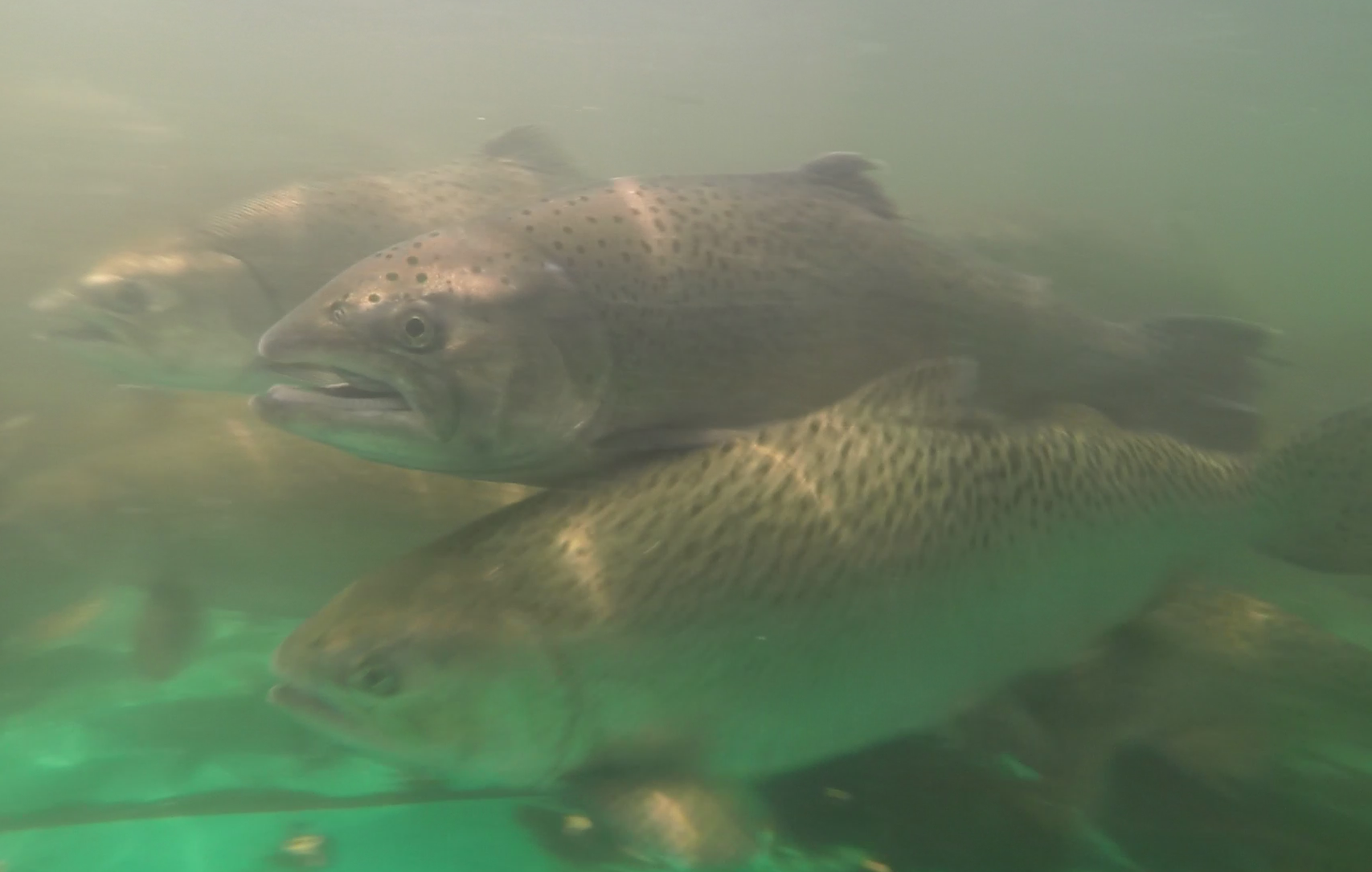
Program resumes Restoration Flows to protect burgeoning Threatened salmon population
Due to unprecedented drought conditions and historic water rights, Restoration Flows were gradually reduced to zero in early April as Friant Dam began making higher releases to supply the San Joaquin River Exchange Contractors at Mendota Pool. From early April through mid-July, Friant Releases ranged upwards of 1,700 cubic feet per second (cfs). Since mid-July, Friant Dam releases have ranged from 230 cfs to 290 cfs to meet Holding Contracts and did not extend past Gravelly Ford, 38 miles downstream from Friant Dam.Despite extreme drought conditions and lower flows since mid-July, river conditions were adequate to sustain a small cohort of adult spring-run Chinook salmon holding between Friant Dam and Gravelly Ford in Reach 1. Managing Millerton Lake’s cold water pool by conserving Restoration Flows for nearly three months benefited river temperatures directly downstream of Friant Dam and the survival of holding adult salmon. These fish are set to begin their final life stage — making redds (fish nests) and spawning this fall (September/October) — before a new cohort of juvenile salmon emerges this winter.The 2022 “water year” ends September 30 and will result in approximately 1,060,000 acre-feet of unimpaired inflow to Millerton Lake — a “Normal-Dry” year type — or 58% of average. Of this volume, 232,470 acre-feet was allocated to the Restoration Program. However, because of supply deliveries and channel capacity limitations, 101,076 acre-feet of unreleased Restoration Flows were made available for sale or exchange to Friant Contractors.For Information about Restoration Flows, please visit http://www.restoresjr.net/restoration-goal/restoration-flows/. For the Restoration Administrator recommendations, please visit http://www.restoresjr.net/documentsreports/ra-recommendations/For additional information about the San Joaquin River Restoration Program, please visit http://www.restoresjr.net or contact Josh Newcom, Public Affairs Specialist, at 916-978-5508 or snewcom@usbr.gov. Check out this video of the San Joaquin River reconnecting in 2022! |

